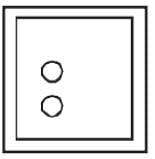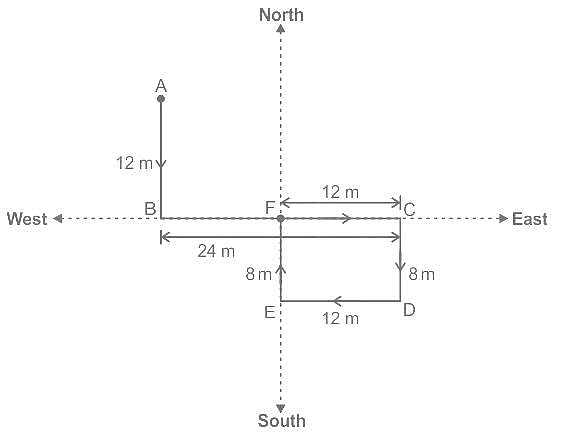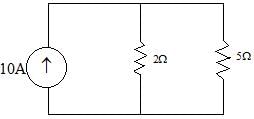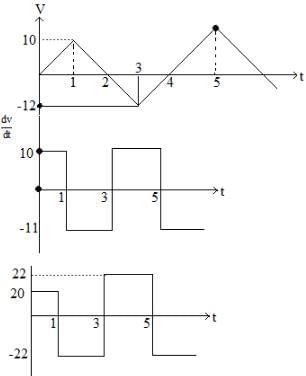MPPGCL JE Electrical Mock Test - 10 - Electrical Engineering (EE) MCQ
30 Questions MCQ Test - MPPGCL JE Electrical Mock Test - 10
Direction: If a Paper (Transparent Sheet) is folded in a manner and a design or pattern is drawn. When unfolded this paper appears as given below in the answer figure. Choose the correct answer figure given below.
If a paper is folded in a particular manner and punch is made, when, unfolded this paper appears as given below in the question figure. Find out the manner in which the paper is folded and the punch is made from the answer figures given.
Question Figure
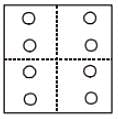
Answer figure
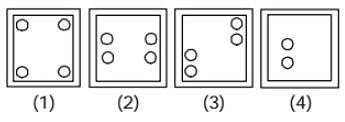
Question Figure

Answer figure

If a man has to travel to point E from point A (through these points by the shortest distance), which of the following points will he pass through first?
| 1 Crore+ students have signed up on EduRev. Have you? Download the App |
Directions: In each of the following questions, a sentence has been given in Active (or Passive) Voice. Out of the four alternatives suggested, select the one that best expresses the same sentence in Passive/ Active Voice.
They will have completed the work by the time we get there.
One who has little faith in human sincerity and goodness
Direction: A word in capital letters is followed by four words. Choose the word that is most nearly opposite in meaning to the word given in capital letters.
MANSION
Direction: A word in capital letters is followed by four words. Choose the word that is most nearly opposite in meaning to the word given in capital letters.
TRACTABLE
Find out the Synonym of the following word:
MASSIVE
When did Jawaharlal Nehru give his famous speech ‘Tryst with Destiny’?
Which of the following freedoms is not available to an Indian citizen?
Basket weaving, pottery and other handicrafts are all examples of
The Norton resistance at terminals A and B in the circuit shown in Figure is
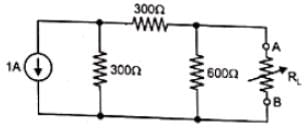
Superposition theorem can be applied only to-
In a 50 Hz 3 phase induction motor frequency of rotor current is-
In a single-phase energy meter, braking torque is provided by-
In a power plant, a reserve generating capacity which is not in service but is in operation is known as-
Which of the following statements is correct?
Which of the following is an electromechanical device?
Which of the resistances is represented by the curve shown in figure.
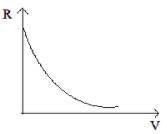
If the induced emf in the stator of an 8 pole induction motor has a frequency of 50 Hz and that in the rotor is 1.5 Hz, at what speed is the motor running and what is the slip?
Which of the following expression is the mathematical representation of Mass Action law in electronics?
The current in a 2.2 kΩ resistor is i(t)=5 sin(2π×100t+45∘)mA. What is the instantaneous value of resistor voltage at t = 0.4ms?
What is the speed of the stator rotating magnetic field with respect to the rotor rotating magnetic field?
In the circuit, V is the input voltage applied across the capacitor of 2F. Current through the capacitor is
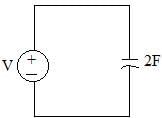

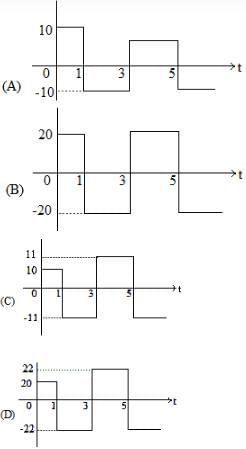
The voltage across R, L, and C are 3V, 14 V, 10 V, respectively, as in the figure. If the voltage source is sinusoidal, then the input voltage (RMS) is-
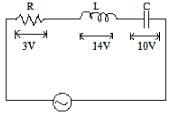
If the centrifugal switch of a single-phase resistance split induction motor does not open after starting of motor, the motor-
Leakage flux in a transformer occurs because-
Figure shows the single line diagram of a 3-phase transmission line. The three phase short-circuit fault (i.e. symmetrical fault) will be



